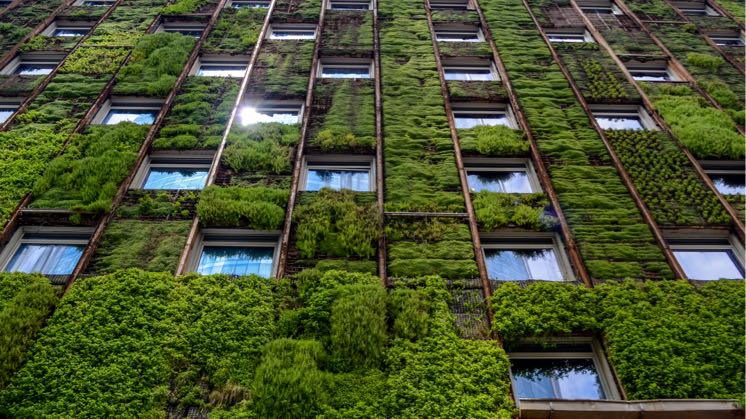
In the concept of Green Building practices, the website Complete Communities discussed the potential benefits if these strategies are implemented by local governments in their planning and policy frameworks. Here below is a part of the post from the article.
The current building environment has a major impact on the environment, economy, and public health of citizens. According to a report by the U.S. Environmental Protection Agency (EPA), buildings account for 39 percent of total energy use, 12 percent of total water consumption, 68 percent of total electricity consumption, and 38 percent of carbon dioxide emissions. By adopting green building strategies, local governments can expand and improve upon local economic development opportunities and market demand for sustainable development.
The University of Delaware’s Center for Energy and Environmental Policy emphasizes that green building practices will continue to increase to meet the demands of the market. Potential benefits have been divided into three categories: economic, social, and environmental.
Economic
- Reduced costs for site preparation, building materials, and operational costs through sustainable siting
- Added market value of buildings
- Enhanced water efficiency practices lead to reduced annual water costs and municipal wastewater treatment costs
- Increased local economic development opportunities
- Enhanced energy efficiency practices lead to reduced peak power demand, reduced demand for new energy infrastructure, lower energy costs to consumers, and up to 70 percent lower annual fuel and electricity costs
- Longer lifetimes for buildings and equipment through smart commissioning practices
Social
- Equitable access to infrastructure services, such as transportation
- Fewer wastewater treatment plants and increased preservation efforts for water resources
- Fewer new power plants and transmission lines in the community
- Expanded market for environmentally preferable products
- Improved occupancy satisfaction, comfort, and individual productivity
Environmental
- Assist in the conservation of environmental resources, while also reducing pollution levels, greenhouse gas emissions, and waste. The report cites a 2007 United Nations Environmental Program (UNEP) study which estimates that sustainable design and green buildings could result in as much as 1.8 billion tonnes/year of averted carbon dioxide emissions worldwide.
- Increased land preservation, lower resource and energy use, and the protection of ecological resources.
- Preservation of water resources for wildlife and agriculture.
- Lower electricity and fossil fuel use and decreased impacts of fossil fuel production.
- Improved indoor air quality and, in turn, reductions in air pollution levels.
